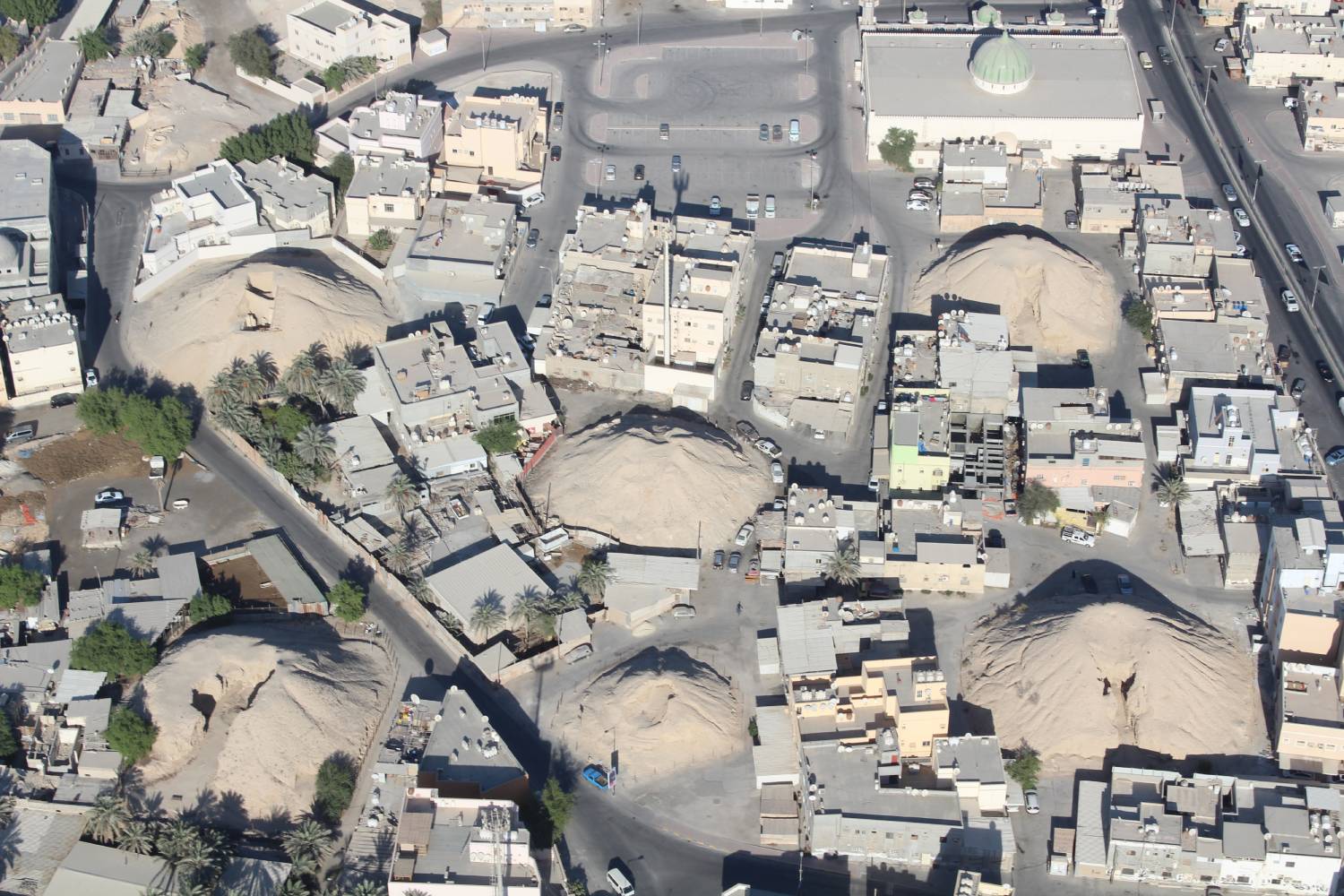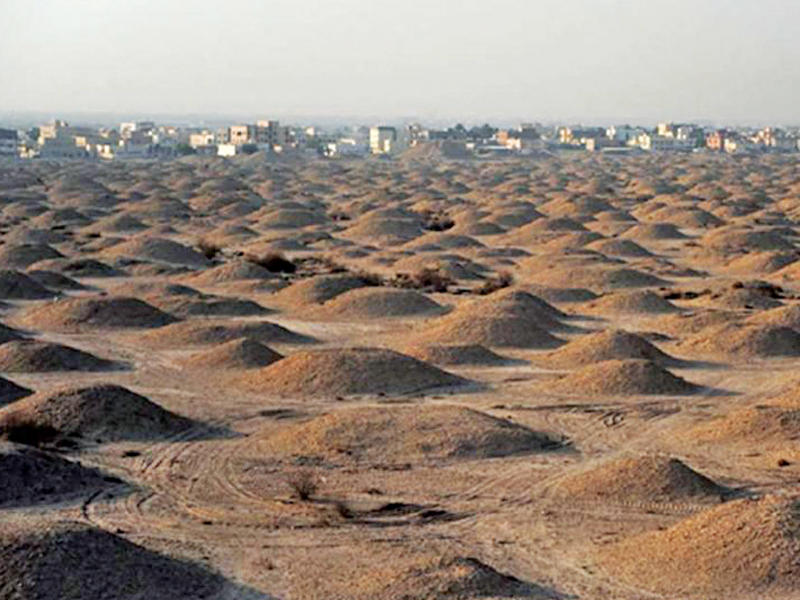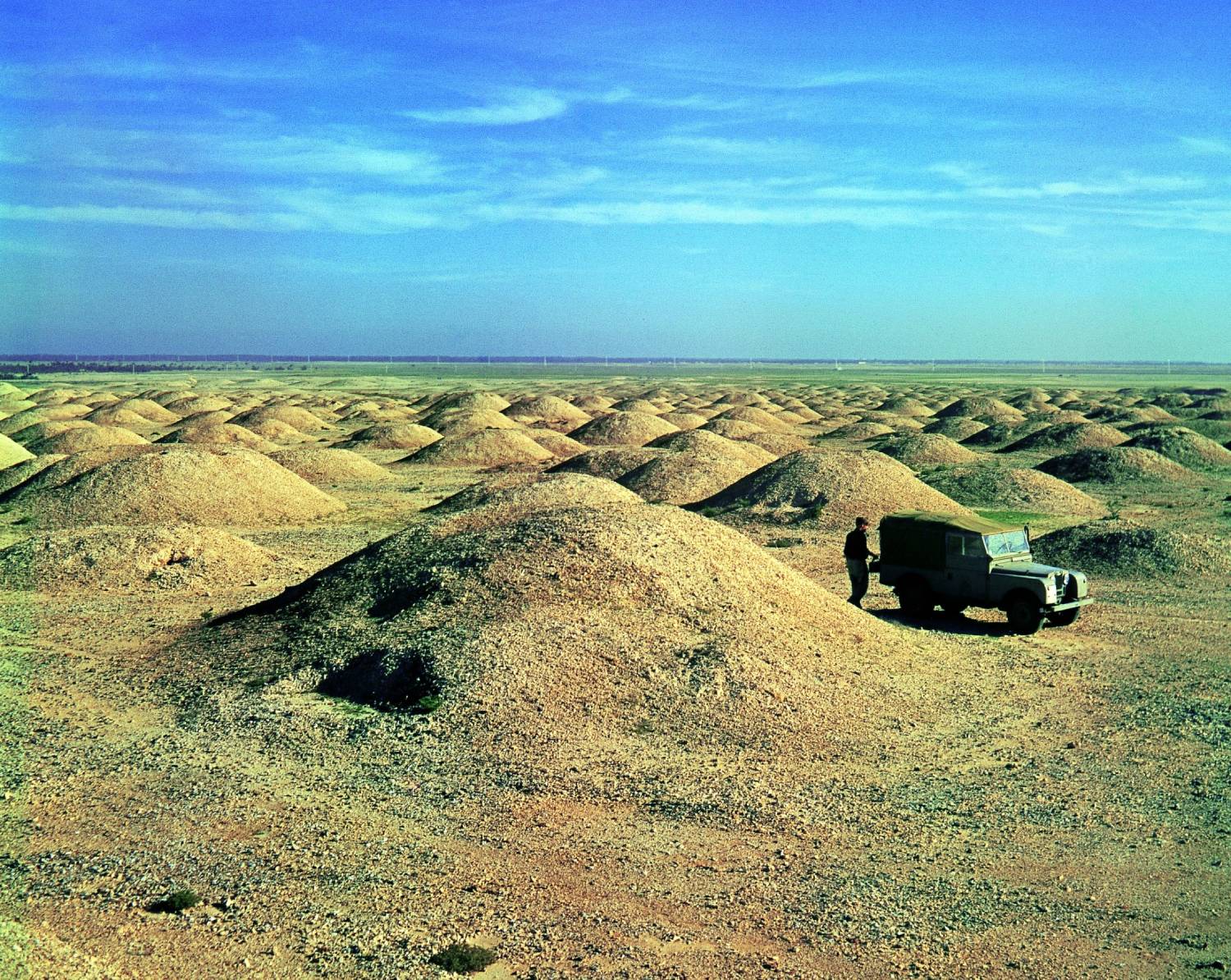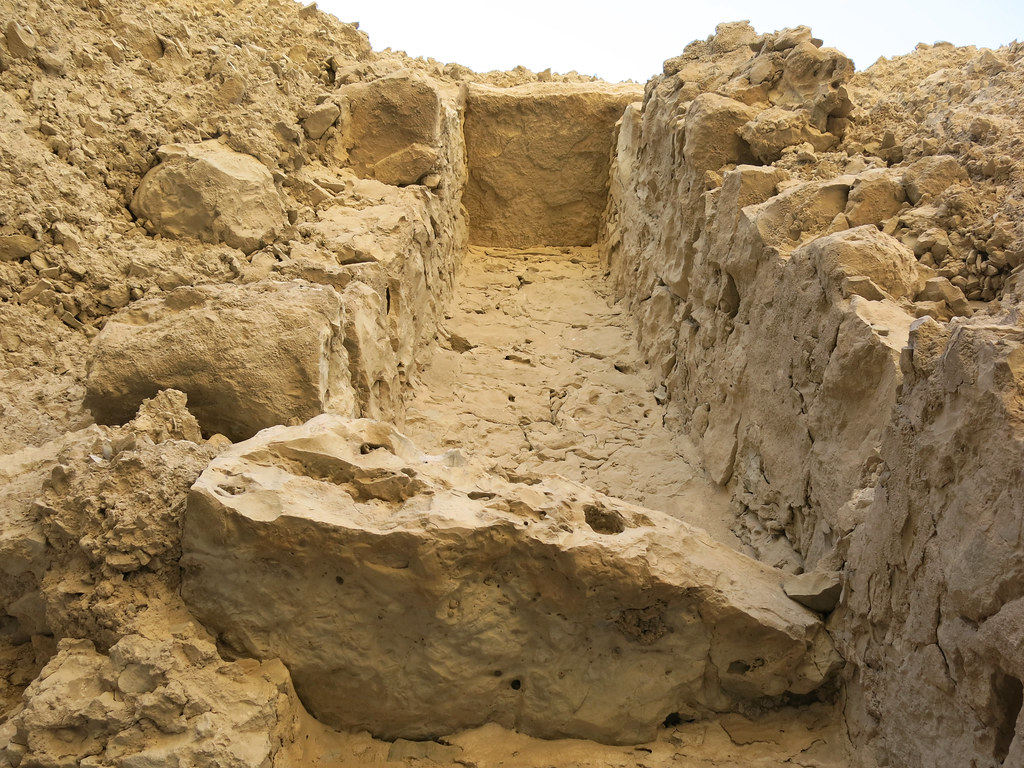Many of you have seen burial grounds in your life but do know any burial ground which is a part of UNESCO World Heritage Site? Shocking Right! There are many world heritage sites in Bahrain but Dilmun Burial Mounds is an offbeat destination which surprises archaeologists, geolovers and and many history buffs. Lets discuss what so unusual in these Dilmun Burial Mounds and why it is a heritage site!
A Quick Insite of Dilmun Burial Mounds
The UNESCO World Heritage Committee has recently [2019] added Dilmun Burial Mounds of Bahrain’s to the World Heritage List. Dilmun Burial Mounds are present in the western part of the island nation, have 21 archaeological sites dating from 2050 to 1750 BC that show traces of the early Dilmun civilization, when Bahrain was the the hub of trading. The burial mounds hold exceptional significance in Bahrain’s rich history.

By adding them in the heritage list, people will relieve and restore the memories of a civilization. And the people of Bahrain & world will get to know the historical aspects of a crucial phase in human history.
Also Read: The Most Pictorial and Beautiful Places in Australia
Significance of Dilmun Burial Mounds
UNESCO commented that these tombs demonstrate internationally unique qualities, not only shape, size and quantity but also displays features such as burial chambers furnished with passageway. The Dilmun Burial Mounds are a living proof of Bahrain’s renowned cultural heritage.

It is home to the world’s largest prehistoric cemetery, with thousands of burial mounds stretching across the northern half of the island. The royal burial mounds in A’ali are the best-kept and most well-maintained.
They are a funereal proof to the Early Dilmun culture during a 450-year period. The unearthed mounds represent a cross-section of Early Dilmun society’s numerous social groups, attesting to thousands of people of varied ages, genders, and social classes. They also provide important information about the evolution of elites and ruling classes.
Also Read: For a Small Weekend Getaway Plan a Trip of Bahrain
What Archaeologist says?
According to archaeological data, the burial sites were initially built as cylindrical low towers rather than mounds. The royal mounds were built as two-story sepulchral towers in a ziggurat-like design, noted by their conspicuous sizes and lavish burial chambers. In regard to royal mounds 8 and 10, two of the last Dilmun rulers have been named as Ri’ Mum and Yagli-‘El.
History Related To Burial Mounds
The Dilmun Burial Mounds were built 300 years ago between 2050 and 1750 BCE during the Early Dilmun Period. The area has the most prominent sites of Dilmun Burial Mound building, both Early and Late Type. Around the 2nd millennium BCE, the Early Dilmun civilization gained international economic status as a trade centre, resulting in population increase and, as a result, a more diversified scenes.

They are best depicted in the enormous necropoli, which contain a wide range of burials, including burial mounds of varying sizes, leader mounds, and the most important of all, the royal mounds. Travellers will see the architectural complexity and artistic work of great beauty.
Also Read: Gorgeous Places to Visit in Malaysia
What This Heritage Landmark Consists?
There are roughly 11,774 burial mounds in total. 6 of the site elements chosen are burial mound fields, which range in size from a few hundred to several thousand tumuli. The remaining 15 site parts are made up of 13 single royal mounds and two pairs of royal mounds, all of which are set in the A’ali village urban structure. Five distinct mound types provide insight into the evolution of social hierarchies.

The typology of construction is remarkable. The majority of the tombs were erected as single-story tiny cylindrical towers, with some larger two-story versions taking on a ziggurat-like structure. The existence of alcoves is a highly distinct and distinctive feature of the Dilmun tumuli structure. There can be up to six of these alcoves, depending on the occupant’s social rank, and they were generally filled with funerary gifts.
Also Read: The Offbeat Monastery of Geghard and the Upper Azat Valley
Management and Protection
All site components of the Dilmun Burial Mounds serial property have been designated as National Monuments and are protected under Bahraini Legislative Decree No. 11 of 1995 on Antiquities Protection. The Bahrain Authority for Culture and Antiquities is in charge of site administration. The property’s administration has been assigned a unit within the Directorate. Because it addresses the primary dangers to the site components, such as development pressures, pollution and erosion, the management plan also serves as a protection plan.
Bottom Line
Bahrain provides historical locations and cultural assets to provide an effective and original model that reflects Arab region’s rich and unique culture and civilization. Dilmun Burial Mounds are one such example of Bahrain heritage.
Also Read: Historic Center of Vienna – A Famous Heritage Site in Austria

